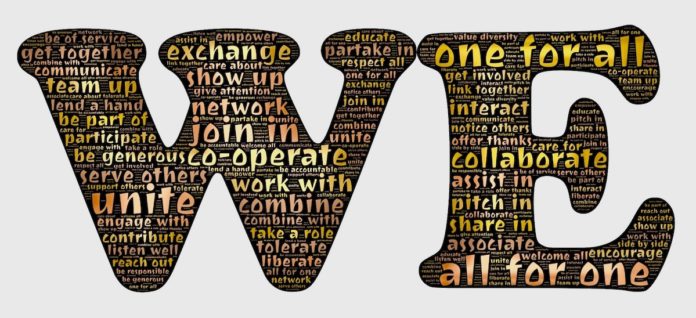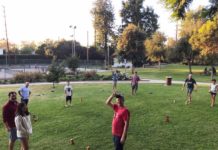There is a narrative about America that many believe in this country, and is shared by many more on this planet: the United States of America is the land of opportunity. Through hard work and good fortune, citizens of our nation can live the American Dream. Unfortunately, this idyllic state of “arrival” is seldom achieved except by those families who are already living the American Dream.
The notion of lending a helping hand ends with a lawn sign on one’s estate home – with plenty of spare rooms – saying they support efforts to eliminate food insecurity and the homeless. The window sign neatly placed against a $40,000 stain glass reads: Black Lives Matter. Their 3.5 million dollar home is a short drive downtown to their business that does not have a program offering entry and growth positions that benefits minorities, women, or elderly and disadvantaged.
We are certainly not “all in this together” (a much-used pandemic slogan that gives the impression that government and business genuinely care about the people who pay the taxes and purchase their products and services). The best time to act as if you care about others is during a pandemic; maybe, though, they can be a little more imaginative than relentlessly repeating the same tiresome line. We are not all in this together. Because we never were to begin with, nor will we be when the pandemic is over and our collective fear subsides.
The change in the White House from red to blue political parties will do nothing to change the fact that so many people in our country have no realistic means of ever participating in the so-called American Dream. The experience of having weathered the 2020 pandemic will not force the Republicans and Democrats to work together for the people. We must do that for ourselves.
Generational mobility in pursuit of the American Dream
My father got my mother pregnant in high school. They got married, and I was born. My father dug ditches to support our family. He put himself through college. After a career in education and business, he retired as the Executive Vice President and General Manager of the Acura Automobile Division and served on the Board of Directors at American Honda. Nothing was given to him while he went from rags to riches. He is unique. His story is rare, especially today.
The division between the have and have nots is increasing. During the misery of the pandemic, I noticed the stock prices for Starbucks and Disney were falling quickly. I’m no genius, but I can recognize a bargain. I put money on both stocks and watched their value steadily increase. I gambled. Why? Because I could (even during a pandemic). The prices may crash tomorrow, and I will lose my investment, but very little else. At this time in my life, I am living the American Dream. I have a pension, investments, home ownership, two cars paid off, etc. My corporate career is behind me, and now I can finally pursue my dream job: writing full-time. Even though I had a close call with a major stroke, I know my family will be okay financially.
I am well aware that too many Americans are suffering. I live within a two-minute walk of the Arroyo Seco, where homeless camps are camouflaged by oak trees, surrounded by a scattershot of tents, tarps, bicycles, shopping carts, and waste. There are over 50,000 homeless in Los Angeles County. About one in eight Americans live below the poverty line.
My middle class lifestyle is at least partly the result of my father’s success. He helped get me my first car, first “real job” out of college, and first real estate property (one-bedroom condo in Glendale). I worked hard. But I did not achieve my father’s level of business success. Instead, I put all my energy into raising my two daughters. They recently graduated from Pitzer College and USC. My daughter in the Bay Area is an interior designer, and my daughter in Los Angeles is a music composer. This level of success is not random. I believe once you achieve a certain level of economic stability, your children will achieve similar levels of success through expectation and hard work. However, they have certain advantages others do not. And indeed, there are families with advantages far beyond what I have experienced.
The key is facilitating the process of raising ourselves and our family to a higher standard of living. A leveling of the “playing field” becomes a springboard to similar or greater opportunities for the next generation.
The point I’m making is the American Dream for many is only possible with a helping hand.
The book Green Makers: Japanese American Gardeners in Southern California by Naomi Hirahara talks about generational upward mobility through on-the-job training, work ethic, and rising levels of generational expectation in the Japanese gardening community. My favorite quote from the book is by Mochizuki Goro, “From my lawnmower I can make child and grandchild grow into doctors.”
The American Dream is not dead yet, but it’s on life support while the Democrats and Republicans play by sandbox politics in their juvenile grudge match for one-party rule.
A New Major Political Party
The Republican Party was born in 1854 to challenge the Democratic Party’s dominance of the political process leading up to the Civil War. As I’ve said before, I believe a new major party will emerge that appeals to alienated liberals, conservatives, and independents alike and will unite our country like no other time in American history since the first Revolution.
Only one presidential candidate received more electoral votes than either of the two major parties in the last 164 years. In 1912, the Progressive “Bull Moose” Party led by former president Theodore Roosevelt received 88 electoral votes. The incumbent Republican president Howard Taft received only 8.
I believe Americans are fed up with politics as usual. Trump is the first-ever outsider elected president, and Bernie Sanders’ appeal to progressive voters suggests the American electorate is ready for a dramatic shift in political leadership.
Incumbents are re-elected at a 90% rate in the House of Representatives and 80% in the Senate. Why? We keep voting for them; not so much because we identify with their brand of politics, but mostly because we identify less with the opposing party’s politics. We convince ourselves there are only two parties that have a chance to win, and we are proven right every time. We then rationalize our decision at the polls saying it’s better to vote Democrat or Republican than waste our vote.
The Democratic Party and Republican Party have practiced scorched-country politics for two centuries. However, I believe their tactics will soon be met with dire consequences (for them). Defeating both political parties is not only possible, it’s plausible. A new major party can achieve majorities in both legislative and executive branches of the federal government in two even-year elections (four years). We can vote them all out of office in six years; replacing the president and representatives with members of, let’s say, the “Urban-Rural Alliance Party.”
The time is ripe for a new major party that challenges our antiquated system of adversarial politics and winner-take-all party governance.
The Urban-Rural Alliance Party (Part 2) will come out next week.
Author’s reminder: Next week is Thanksgiving. There is a spike in COVID-19 cases, so keep your family and loved ones safe by following state and county guidelines this holiday season.


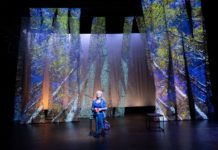

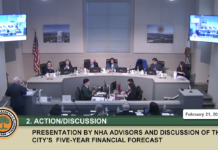
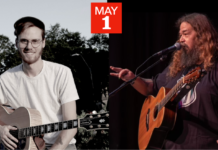
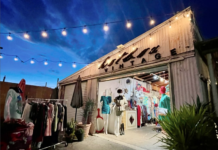
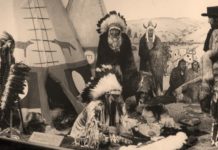



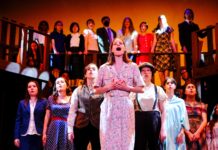



.png)




